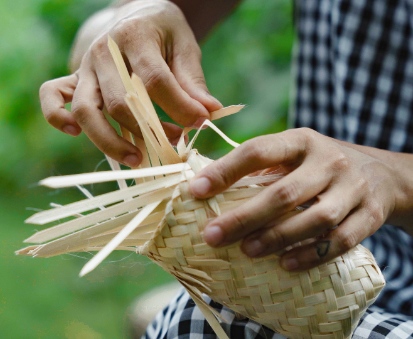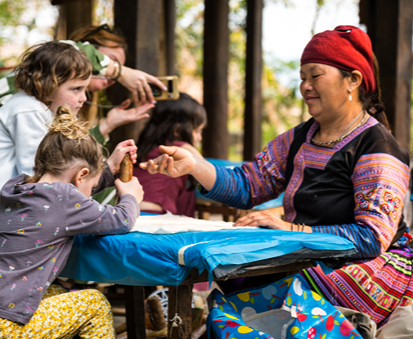
The women embrace a H’mong time-honored craft
Beneath the quiet grandeur of the Stilt House Museum sits Ms. Tenh Y Vang, a 54-year-old H'mong woman from Pa Co Lon Hamlet, Pa Co Commune. With a tjanting pen in hand, she meticulously etches traditional H'mong patterns onto linen fabric. At midday on even days, she takes her place, shouldering the profound responsibility of preserving and sharing her ethnic's ancient art of batik drawing with the wider world.
Photo Credit: Mr. Yannick Walrave
Beneath the quiet grandeur of the Stilt House Museum sits Ms. Tenh Y Vang, a 54-year-old H'mong woman from Pa Co Lon Hamlet, Pa Co Commune. With a tjanting pen in hand, she meticulously etches traditional H'mong patterns onto linen fabric. At midday on even days, she takes her place, shouldering the profound responsibility of preserving and sharing her ethnic's ancient art of batik drawing with the wider world.
How her story with batik painting begins
Ms. Tenh beams with pride, knowing she's the third generation in her family to carry on this precious legacy. Her mother shared with her that this skill has been passed down since her great-grandmother's time. Therefore, from the earliest days, the image of her grandmother, mother, and aunts in the village, diligently drawing whimsical patterns on cloth, was deeply etched into her young mind. Day after day, she watched them, not quite knowing when this art first captured her heart.
The H’mong woman vividly recalls getting burned by hot beeswax the first time she held the pen. Her loud cry then marked the very initial moments of her journey into the craft. Yet, with each passing day, her hands grew steadier. Starting with rough lines on plain fabric, then moving to more precise designs on skirt waistbands, her drawings steadily pulled her further into the rich world of batik.
The long journey of the authentic artisan
The H'mong art of batik painting holds a distinct charm, setting it apart from other traditional crafts. Its uniqueness shines through in everything from the raw materials and textures to the intricate patterns. This distinctiveness brings forth a wonderful range of products, including beautiful paintings for your walls, warm scarves, clothes, pillowcases, blankets, and more.
Whether their product is completed depends on two key steps: drawing and indigo dyeing. The drawing requires constant creativity from the artist, including inventing fresh, unique patterns and ensuring every line is balanced and flows smoothly. Meanwhile, good quality dye means the piece will absorb the color faster and become a vibrant, deep blue.
.jpg)
Photo Credit: @overyummed
"To achieve pure beeswax," Ms. Vang explained with her voice full of passion, "the Hmong collect natural honeycomb. We then heat it until it melts completely, and filter out all impurities using a cloth. The wax must be perfectly clean for the colors to emerge beautifully and last. Once cooled, the wax hardens, and each time we need it, we simply reheat it until it melts again."
The global community companion
Through a long process of mastering her skill, Ms. Tenh Y Vang is now incredibly happy to have preserved her ethnic group's traditional craft. But what many don't know is that this journey of preserving a valuable tradition wasn't just hers or the local community's. It also involved people from afar who care about the survival and growth of ethnic minority communities.
Ms. Tenh shared that a non-profit, fair-trade organization called Craftlinks has been supporting her village's beeswax drawing craft for nearly 30 years. Craftlinks works to help ethnic minority groups, people with disabilities, and traditional craft villages revitalize cultural traditions, develop handicraft production, and boost community income. Ms. Tenh recalled how, in earlier days, Craftlinks would print out patterns on paper for the women to study and follow. Now, Ms. Tenh has become so skilled that she can simply imagine and then draw intricate patterns purely from her mind. Each day, she can complete a beautiful beeswax painting.
.jpg)
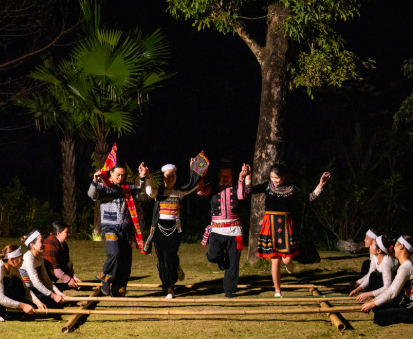
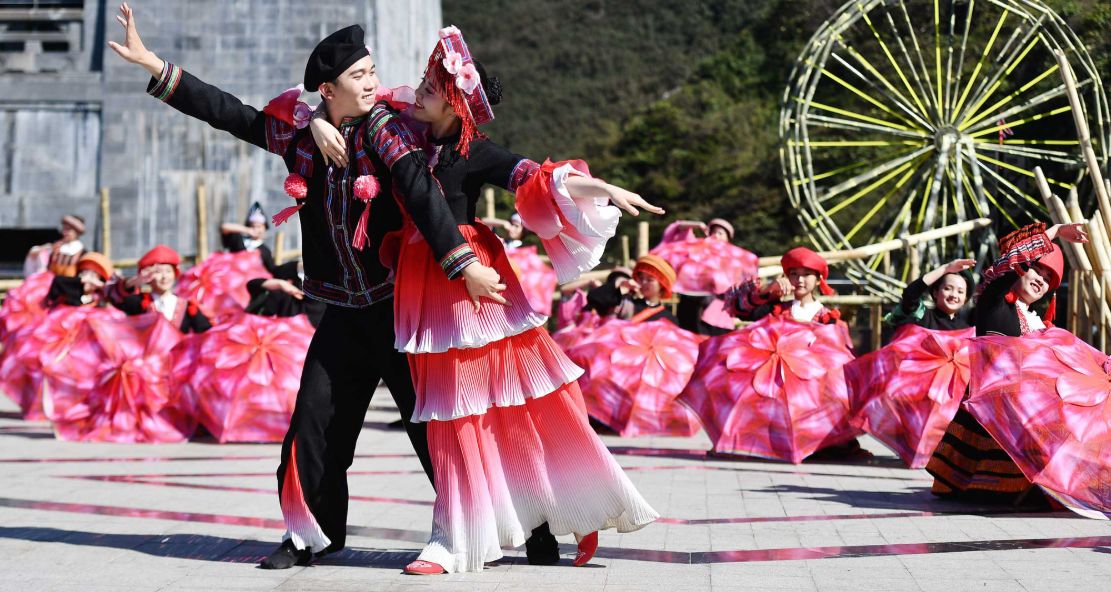
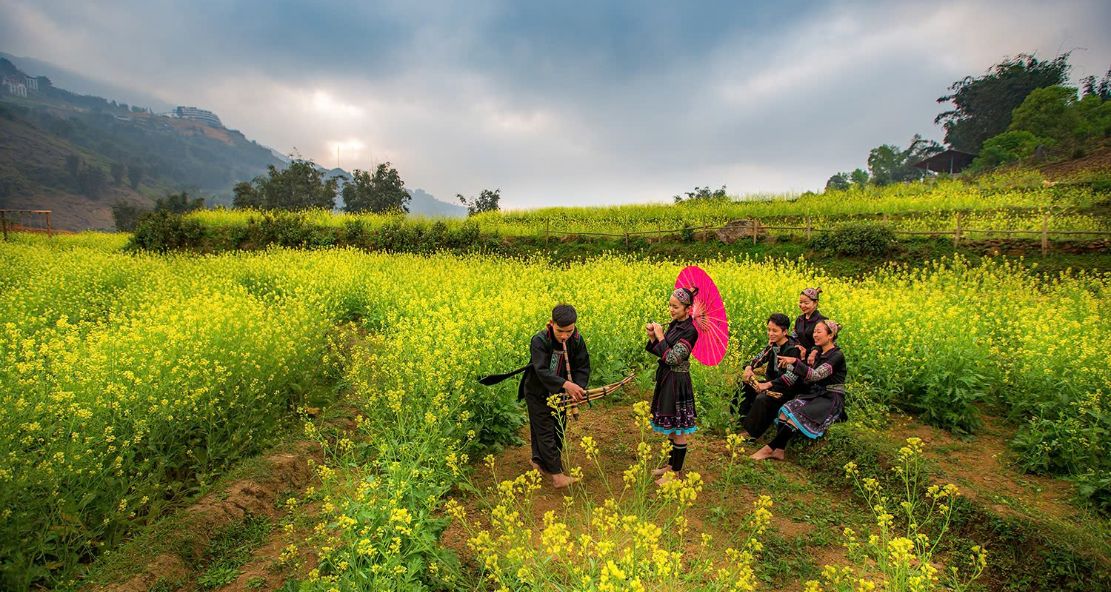
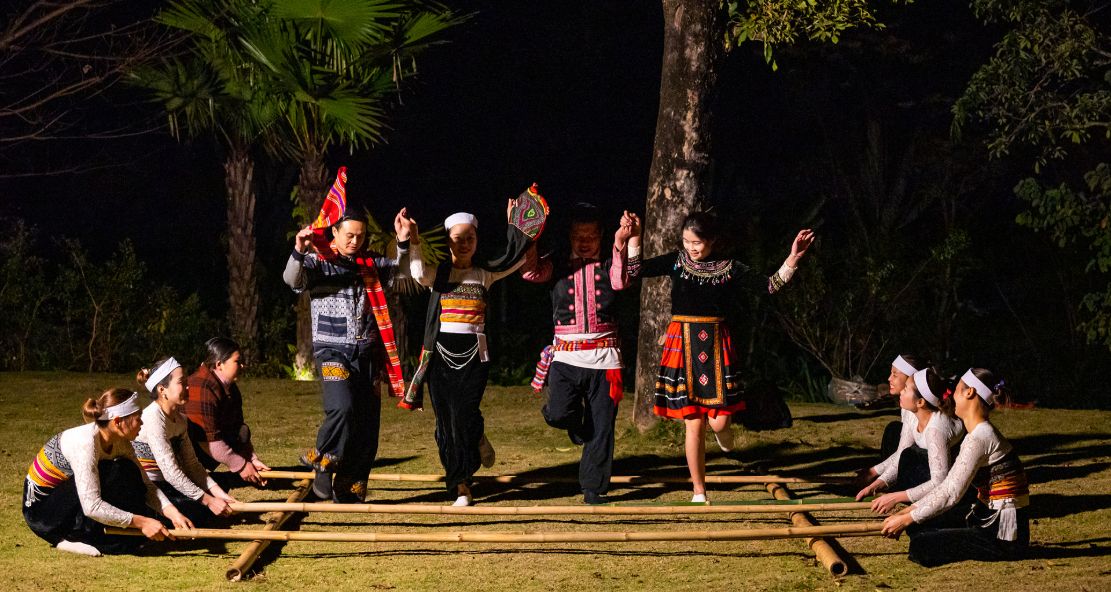
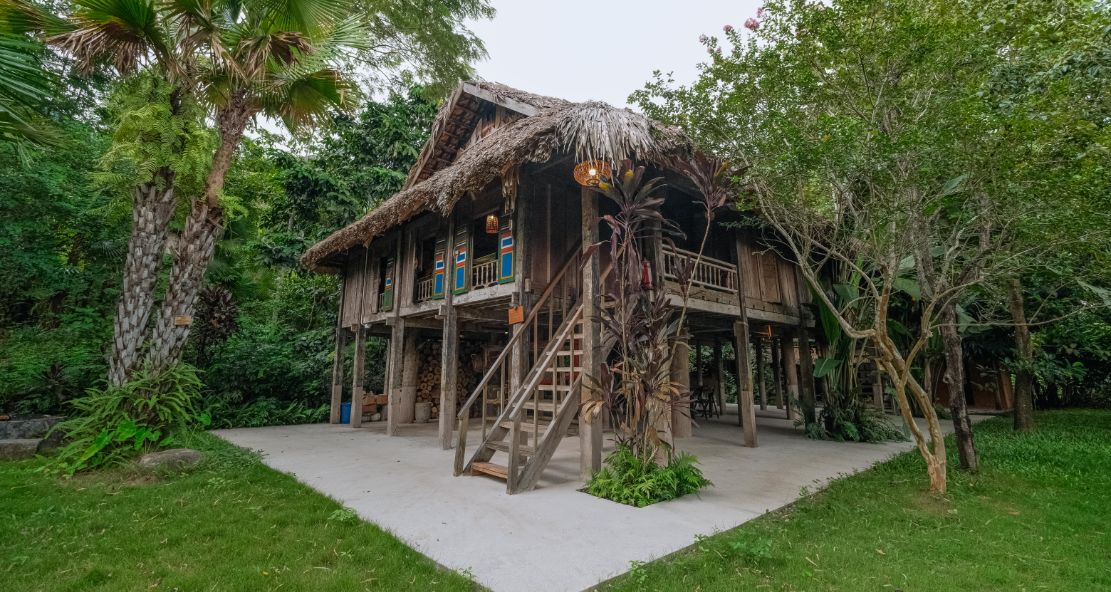
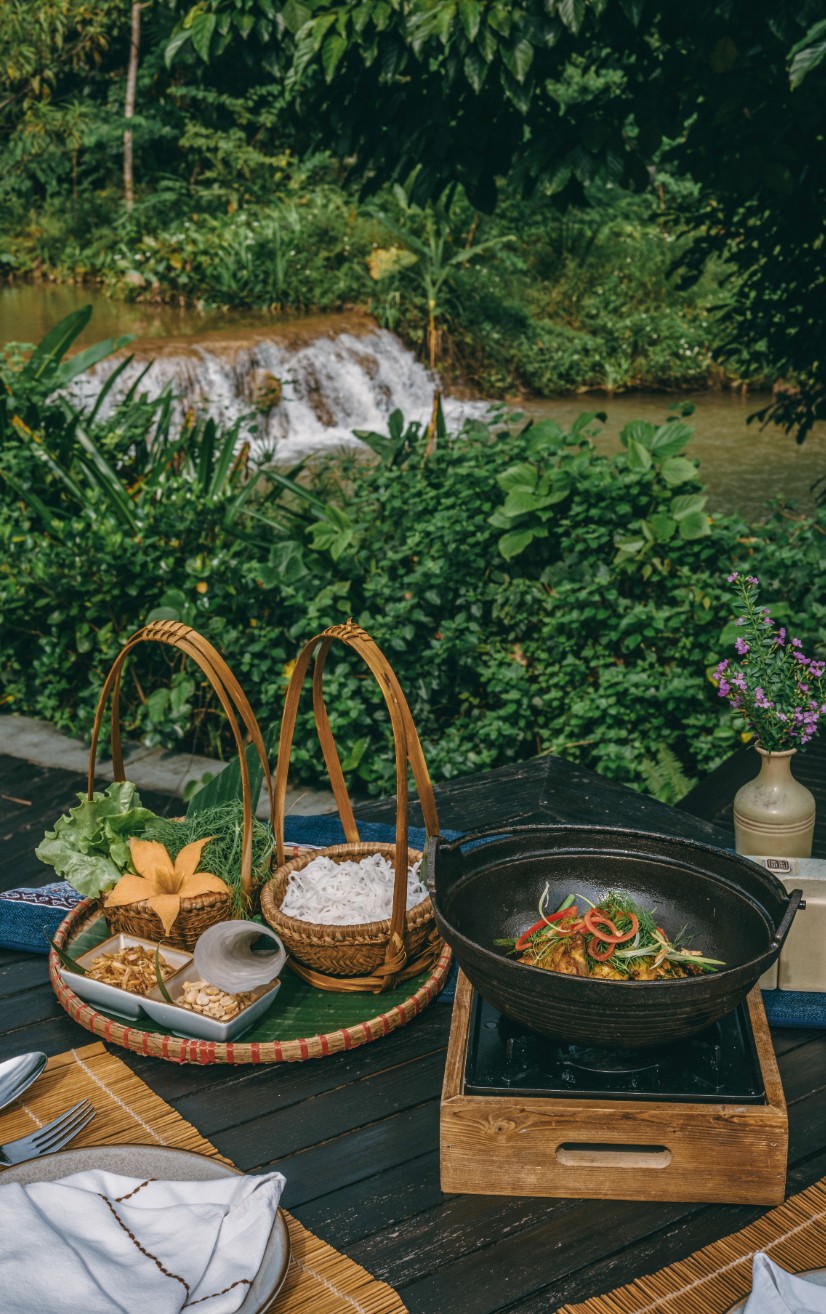
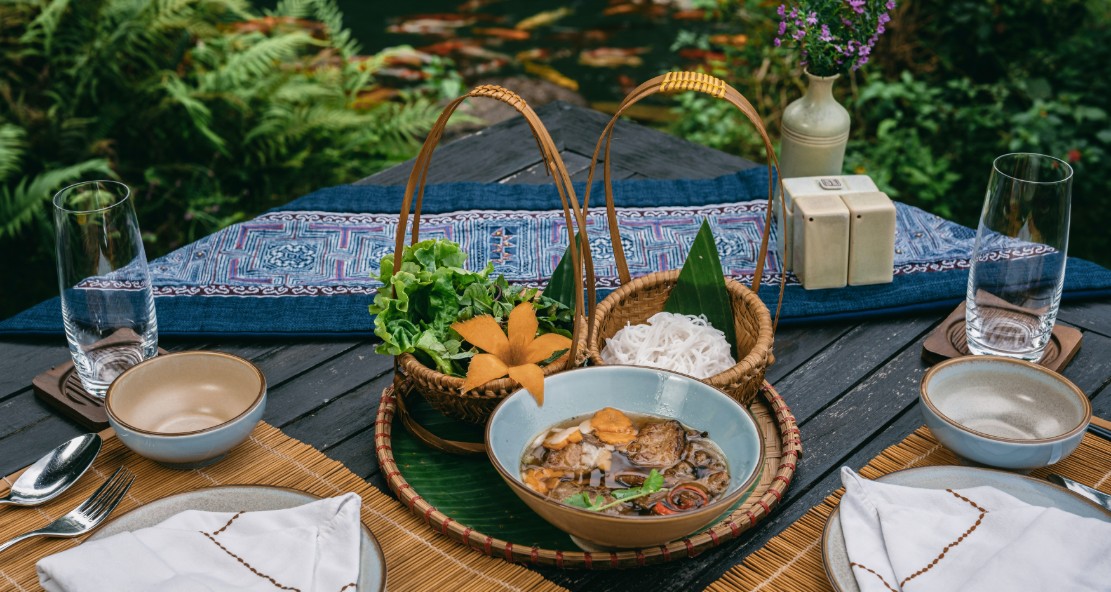
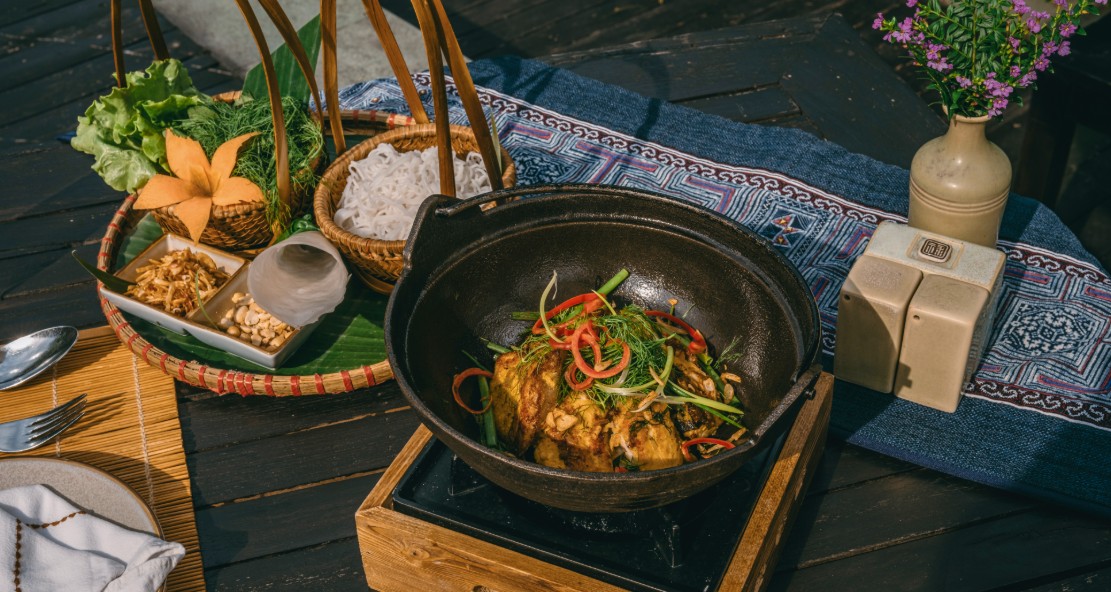
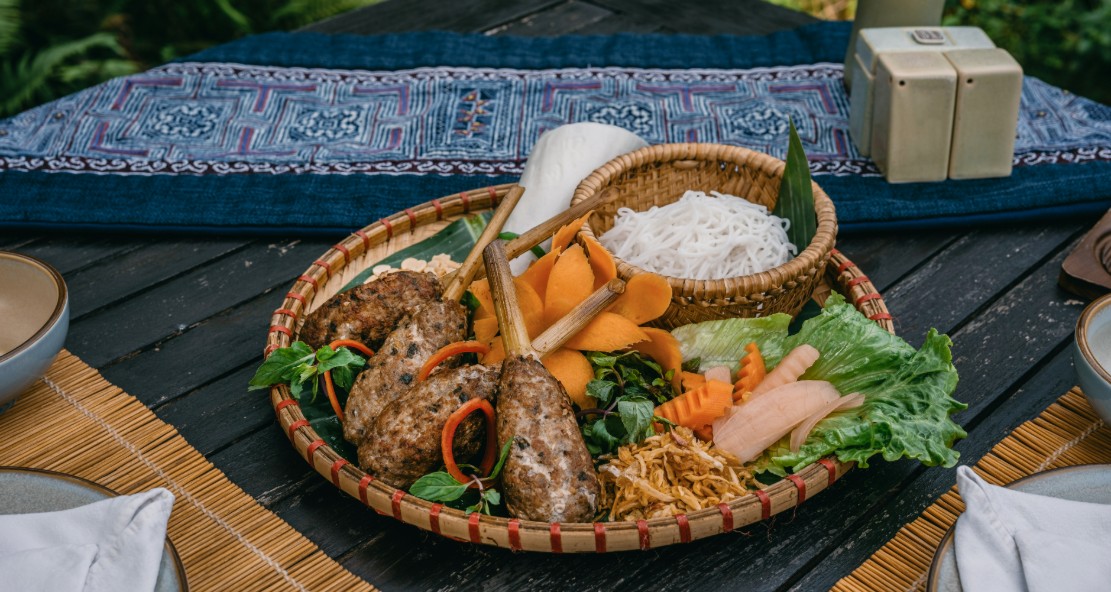
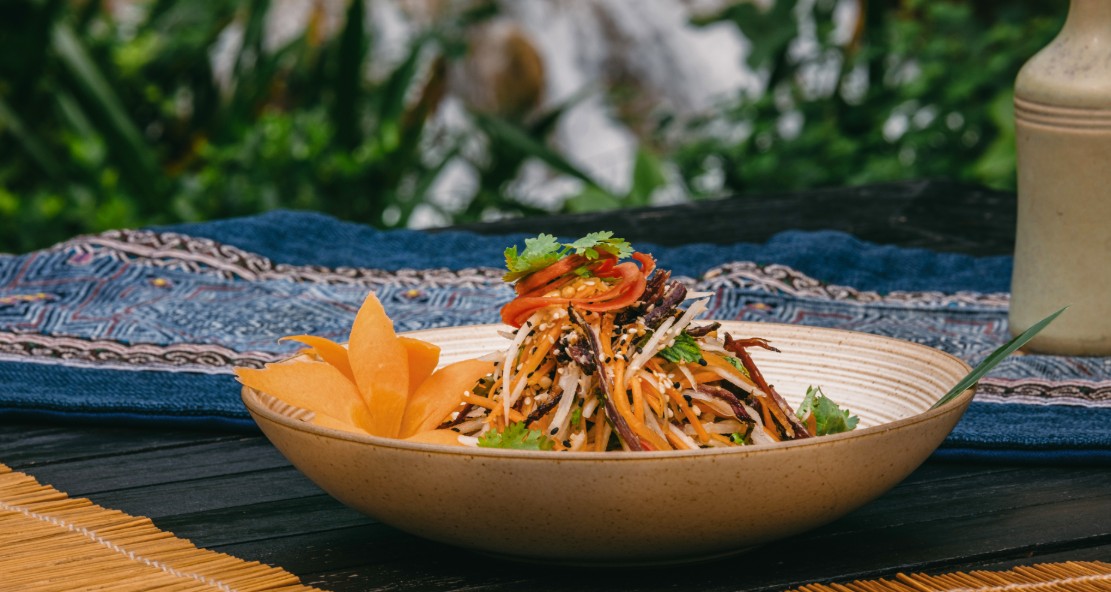
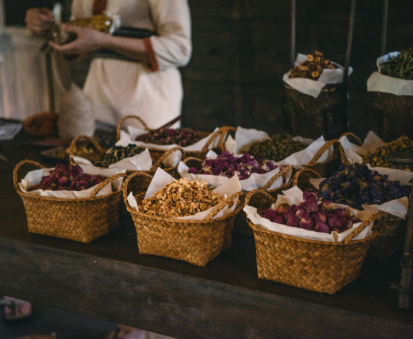
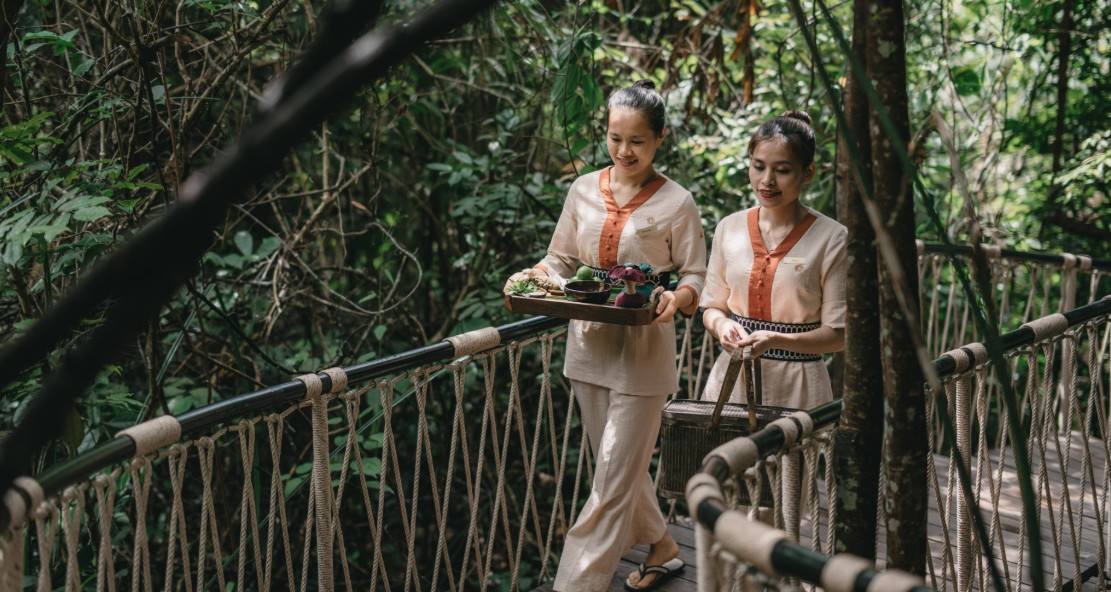

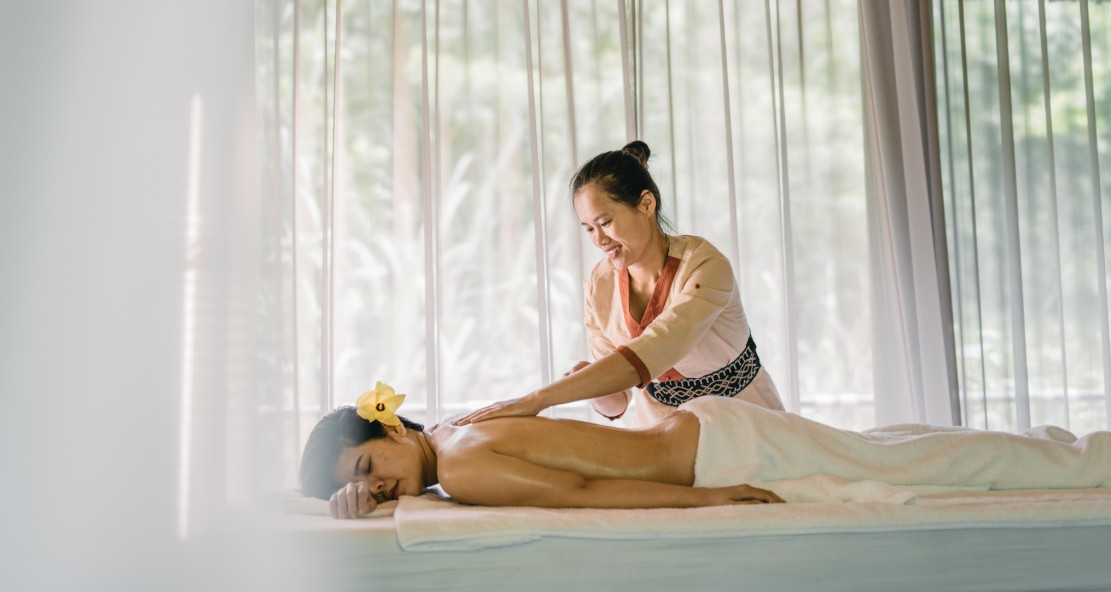
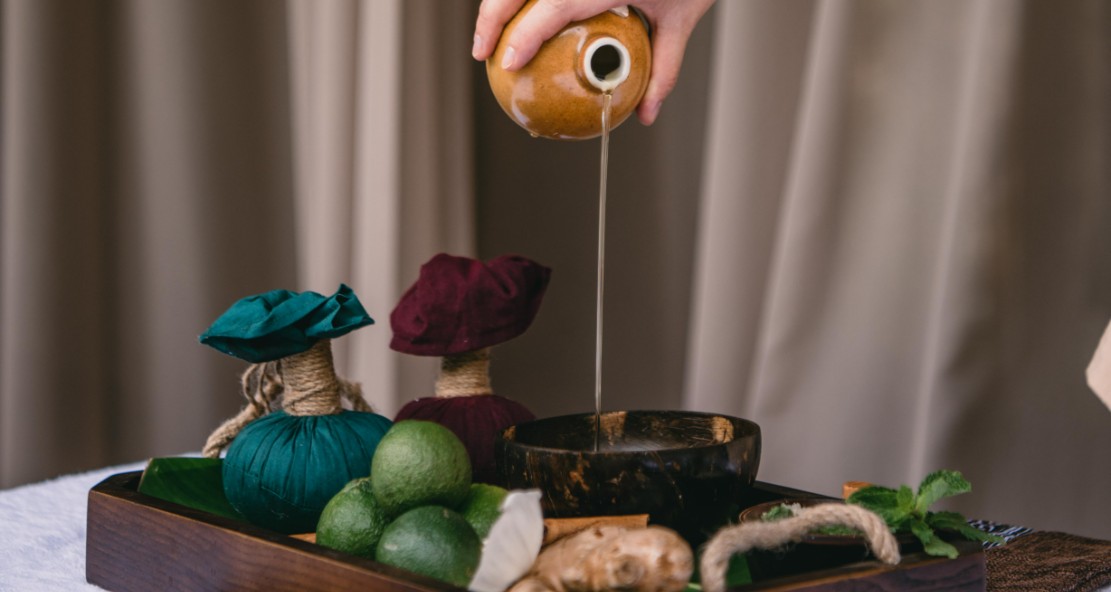
.jpg)
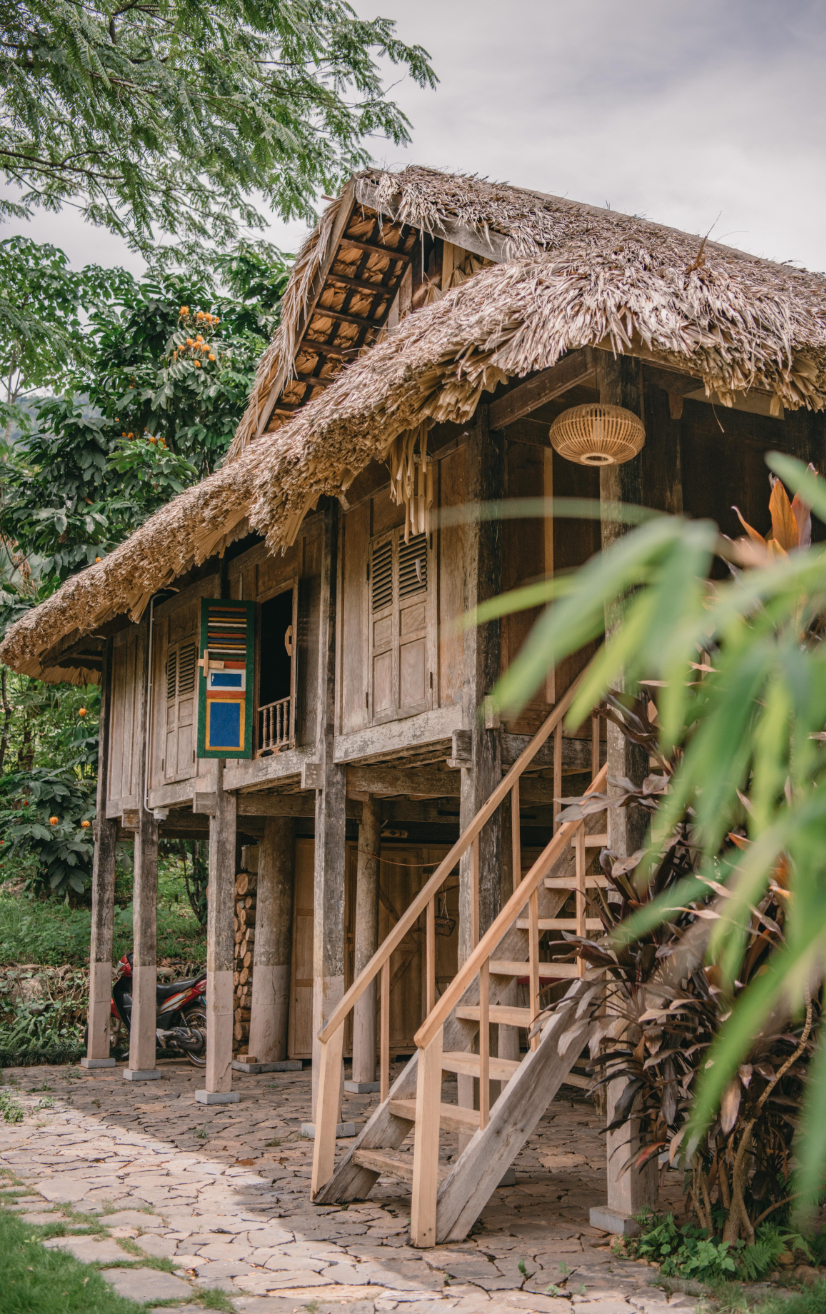
.jpg)

